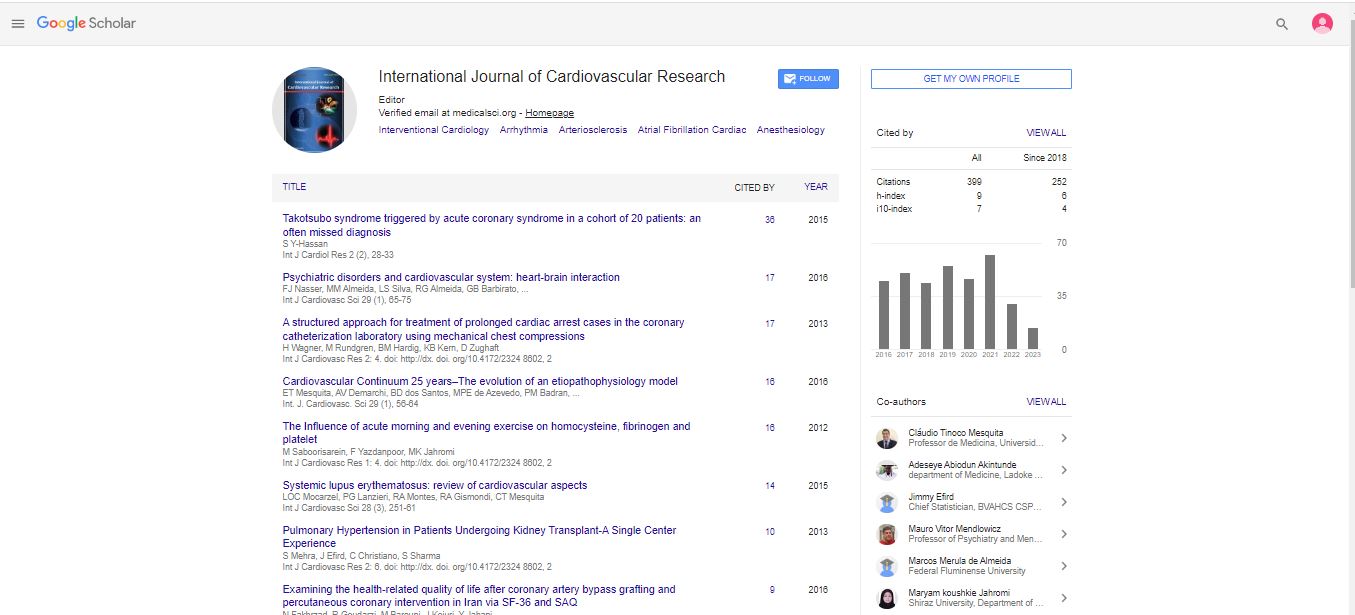Comparison of Estimated Continuous Cardiac Output and Transoesophageal Echocardiography Cardiac Output for Noninvasively Measuring Cardiac Output in Paediatric Patients Undergoing Kidney Transplant Surgery: A Pilot Study
Comparison of Estimated Continuous Cardiac Output and Transoesophageal Echocardiography Cardiac Output for Noninvasively Measuring Cardiac Output in Paediatric Patients Undergoing Kidney Transplant Surgery: A Pilot Study
Objective: Estimated continuous cardiac output (esCCO), a noninvasive technique for continuously measuring cardiac output, is based on modified pulse wave transit time (m-PWTT), which in turn is determined by pulse oximetry and electrocardiography (ECG). However, its trending ability has never been evaluated in paediatric patients. Therefore, this study examined esCCO’s ability to detect the exact changes in cardiac output (CO), compared with transoesophageal echocardiography, in patients undergoing kidney transplantation.
Methods and Results: The cardiac index was determined simultaneously using both the estimated continuous cardiac output and transoesophageal echocardiography in 11 paediatric kidney transplant patients. After the initial calibration measurement, cardiac index was measured using transoesophageal echocardiography before and after volume loading, and before surgery completion. The cardiac index determined using transoesophageal echocardiography increased significantly between the pre- and post-volume loading measurements (P<0.05), but decreased significantly between volume loading and surgery completion (P<0.05). The correlation coefficient between cardiac indexes using the two devices was 0.75 (P<0.001) and the difference in the cardiac index, between the methods, was 0.21 ± 1.01 L/min/ m2 (95% confidence interval, -1.77 to 2.19). The percentage error was 43.6%. The change in cardiac index, determined using transoesophageal echocardiography, of >15% from before volume loading to after volume loading or between volume loading and the completion of surgery was 16 points; this lead to a change of >15% in the cardiac index determined using continuous cardiac output, in the same direction, in 100% cases. The sensitivity and specificity for cardiac index determination, using estimated continuous cardiac output compared to transoesophageal echocardiography, were 87.5% and 100%, respectively.
Conclusions: Although there was poor agreement between the cardiac indexes determined by estimated continuous cardiac output and transoesophageal echocardiography, the trends determined by both methods were in good agreement. This method may be sufficient for trend monitoring.




